
| 19 Aug, 2024 |
| Rimac
Nevera R |
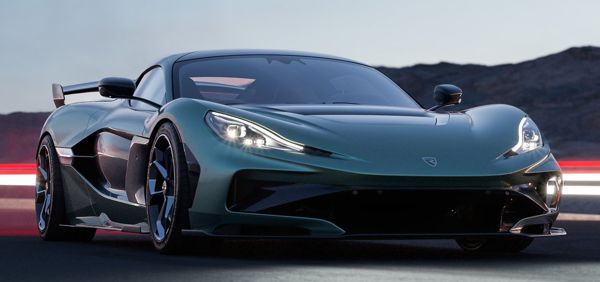 Until now Rimac still fails to sell the 150 Neveras it planned to build from the outset. Perhaps an upgrade might help. Nevera R boosts performance by offering more power (2107hp instead of 1914hp), more downforce (15%, thanks in part to a fixed rear wing), more grip (5%, thanks to Michelin PS Cup 2 tires and larger, 21-inch rear wheels), more stopping power (upgraded Brembo ceramic brakes) and better traction (recalibrated traction control and torque vectoring). Although drag increases by 5%, it maintains 256 mph top speed, while acceleration from higher speeds is improved: 0-60 mph: 1.74s (unchanged) 0-124 mph: 4.38s (vs 4.42s) 0-186 mph: 8.66s (vs 9.23s) The car's styling is also improved. Production will be limited to only 40 units. 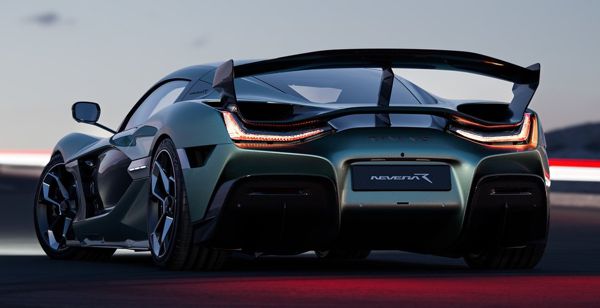 |
| |
| 19 Aug, 2024 |
| Maserati
GT2 Stradale |
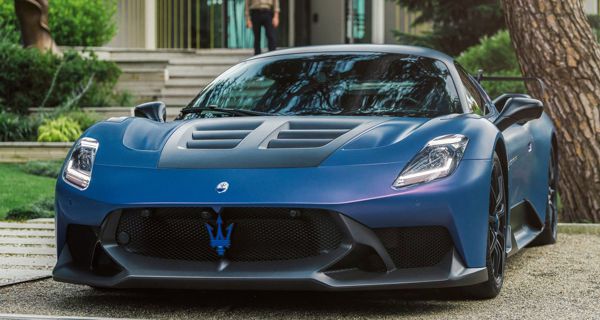 Maserati runs an MC20-based GT2 race car according to FIA rules. Now a road-legal version is also available to order. The GT2 Stradale - note that its name omits MC20 - is slightly more powerful and 60 kg lighter than the standard road car. Weight saving comes from mostly a set of single-nut forged alloy wheels (-19kg) and carbon-fiber bucket seats, while a bare cockpit and more carbon-fiber body panels also help. Power of the 3-liter Nettuno V6 is lifted by only 10 horsepower to 640, purely by ECU revision. More aggressive aero kits, including a fixed rear wing and louvered front bonnet, boosts downforce from 145 to 500 kg at 174 mph. Top speed is reduced by 1 mph to 201, while 0-60 mph is a tenth quicker at 2.7 seconds. Predictably, the chassis has suspension, steering and drive control systems recalibrated. The suspension geometry owes a lot to the racing version, while larger carbon-ceramic brakes are cooled by improved air ducts. 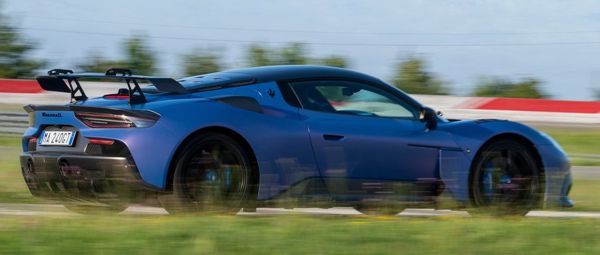 |
| |
| 17 Aug, 2024 |
||||||||||||||||||||||||||||||||||||||||||||||||||||||||||||||||||||||||||||||||||||||||||||||||||||||||||||||||||||||||||||||||||||
| Lamborghini
Temerario |
||||||||||||||||||||||||||||||||||||||||||||||||||||||||||||||||||||||||||||||||||||||||||||||||||||||||||||||||||||||||||||||||||||
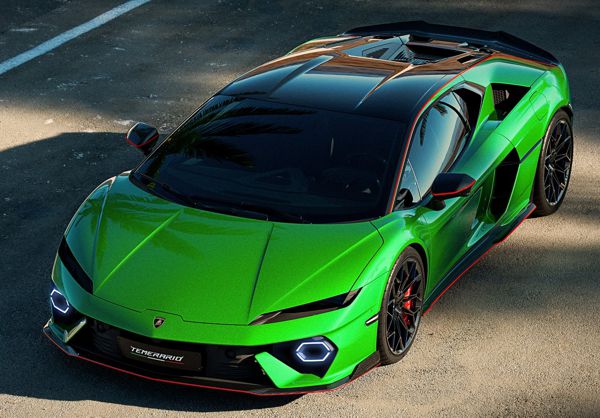 If Huracan was a predictable evolution from Gallardo, the new Temerario might be a shock - not just us, but I suspect those at Maranello might be shocked as well, because in many ways this car has the Ferrari 296 GTB eclisped ! From the styling you might not know how different it is to its predecessor. It keeps the traditional wedge shape of Lamborghini. The nose is apparently derived from Huracan, while the body side reverts to Gallardo, especially the NACA ducts above the rear fenders. 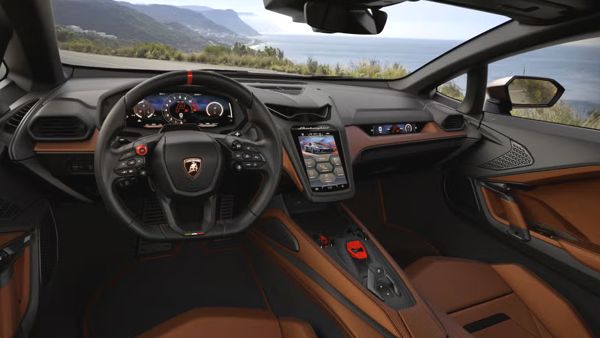 Inside, it shares most parts of Revuelto, including instrument, steering wheel, the center console, infotainment system as well as passenger touchscreen and a lot of switchgears. The car gets larger, so the occupants are benefited with 34mm extra headroom and 46mm more legroom. Visibility is also improved, as the roof is raised by 35mm compared with Huracan. However, the roof between the two occupant's heads is recessed, channelling airflow towards the rear spoiler. The underbody employs vortex generators and larger diffusers. As a result, rear downforce is claimed to be doubled, or another 50 percent higher again if you opt for lightweight package with extra carbon-fiber aero kits as shown in the green car above. 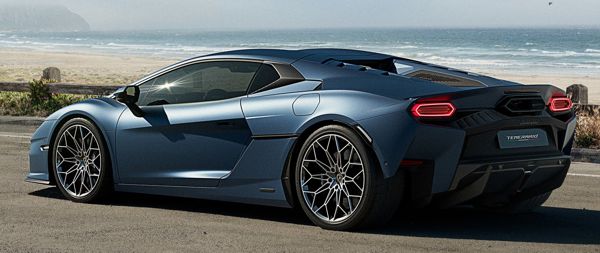 The chassis is an aluminum spaceframe, losing the Huracan's carbon-fiber transmission tunnel and rear bulkhead. Still, Lamborghini manages to add 20 percent torsional rigidity without adding too much weight. The spaceframe now employs hydroformed aluminum extrusions and hollow castings to save weight. Fewer spot weldings are required. 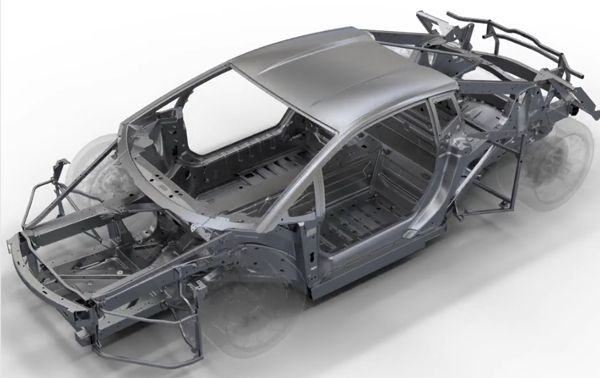 Lighter individual parts does not mean lighter car though. In fact, the Temerario is the heaviest ever "baby Lambo". Its dry weight is quoted at 1715 kg, almost 300 kg above the Huracan Evo. Even with lightweight package installed, it still weighs some 1690 kg dry, which is significantly heavier than Ferrari 296 GTB (see table below). This is because the car follows the Revuelto to switch to hybrid power. Not just electrified, it adopts a 3-motor hybrid system like its V12 sibling. There are 2 motors at the front axle so to enable torque vectoring. Another motor is sandwiched between the engine and the transversely mounted 8-speed DCT, which helps low-end response and filling the torque gap during each gearchange. Each motor is good for 150 hp on its own, but obviously the battery is the bottleneck. 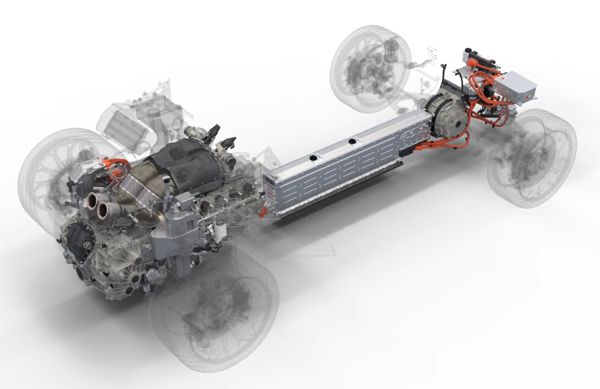 Like Revuelto again, the battery is relatively small at 3.8 kWh, and it is stored within the "transmission tunnel", which is no longer transmission tunnel actually because the front axle is not connected to the engine. Zero emission range is too laughable to be mentioned. However, the greatest thing remains to be the combustion engine. Temerario abandons the V10 which has been used since Gallardo and opts to develop a brand-new 4.0-liter V8. It runs lightweight flat-plane crankshaft like the outgoing Ferrari V8s (and Corvette ZR1). The exhaust ports and 2 turbochargers are located inside the V-valley a la "hot Vee" design for packaging reasons. The turbos run at very high, 1.5 bar of boost pressure, yet the engine can rev to an incredible 10,000 rpm, which might be a record for a production turbocharged engine. For comparison, Ferrari's V6 spins to only 8500 rpm, while Corvette's turbo V8 manages only 8000 rpm. Even Ferrari's naturally aspirated V12 is just shy of 10,000 rpm. Employing titanium connecting rods and carbon-coated valve finger followers are part of the reasons why it can rev so high, but I suspect sacrificing torque and turbo lag, which can be easily compensated with electric motors, might be reason as well.  The 4-liter V8 makes a neat 800 horsepower at 9000 to 9750 rpm, or 200 hp per liter. Max. torque is less incredible at 538 lbft, actually less than Ferrari's 3-liter V6. Nevertheless, with the assistance of electric motors, that won't be much of a problem. Combined, the hybrid powertrain produces 920 horsepower, a massive 280 hp more than the most powerful Huracan, or 90 more than 296 GTB, although the new Corvette ZR1 has both of them beaten at 1064 hp chiefly due to its larger engine. For sure a 10,000 rpm V8 must be very exciting to play. The only question is whether its sound can match the outgoing V10, as flat-crank V8s are notorious for monotone noises. Lamborghini claims it will be fabulous though, we shall see. 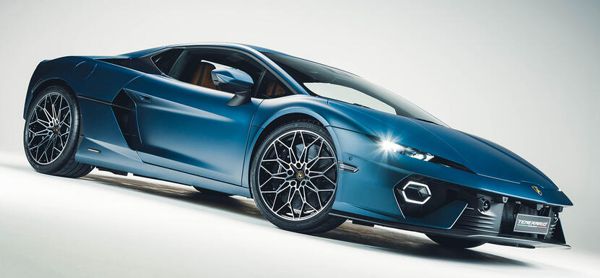 Anyway, in terms of absolute performance the Temerario is hard to be beaten, thanks to not only its immence output but also all-wheel traction and instant responses of its 3 electric motors. Top speed is 213 mph, 0-60 is done at less than 2.7 seconds, and 124 mph is accomplished in 7.3 seconds. That's a massive improvement from the Huracan (202 mph, 2.8 and 9.0 seconds), of course, but most important, it does that while improving cabin space and usability considerably, making it more livable day to day. And that should worry Maranello guys.
|
||||||||||||||||||||||||||||||||||||||||||||||||||||||||||||||||||||||||||||||||||||||||||||||||||||||||||||||||||||||||||||||||||||
| |
